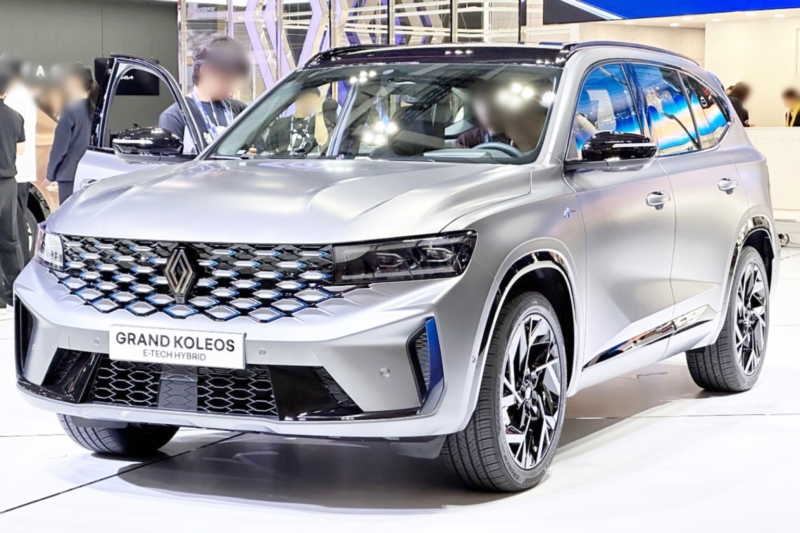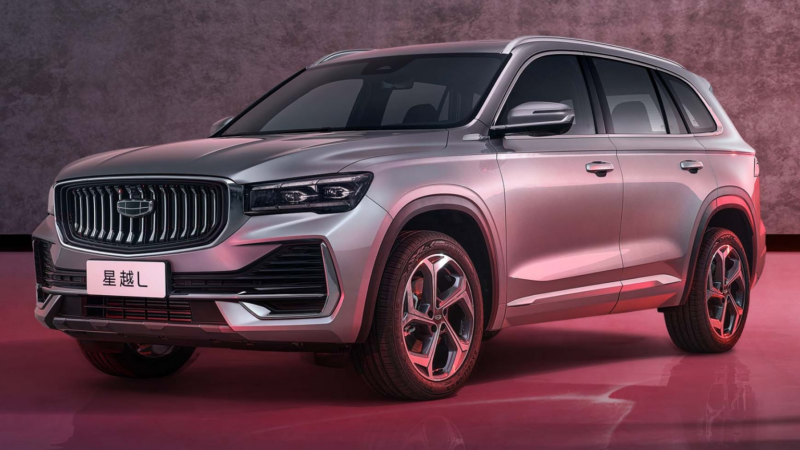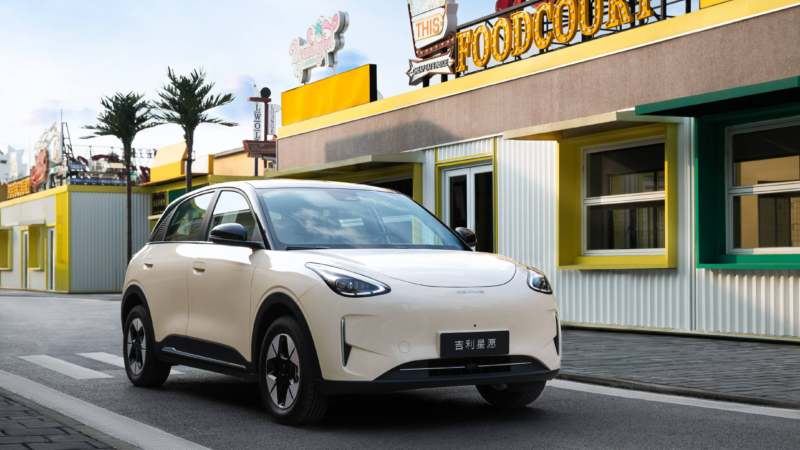Renault‘s China R&D team is leveraging Geely‘s advanced GEA platform to develop a new series of New Energy Vehicles (NEVs), primarily targeting overseas markets in Southeast Asia and Latin America. This collaboration marks a step for both automakers, potentially representing the first external supply of Geely’s GEA platform.
The new models, which will include both pure electric (EV) and plug-in hybrid (PHEV) powertrains, are set to be SUV-type vehicles. According to Chinese media AutoPix, while Renault will independently develop the body, the overall vehicle architecture and chassis will largely adopt existing designs from Geely’s Galaxy brand, aiming to reduce costs and accelerate development cycles.
This move underscores a deepening partnership between Renault and Geely, particularly in the burgeoning overseas NEV market. Previously, Geely’s collaborations with brands like Volvo, Smart, Polestar, and Jiyue were based on the CMA platform. The GEA platform is Geely’s latest core architecture, currently underpinning most models within its rapidly growing Galaxy brand, including the newly launched Geely Galaxy A7, the previously released Xingyuan (Which is the top-seller of all the car brands in China this year) and E5, as well as the upcoming M9 and Starship 9.
Sources quoted by AutoPix suggest that while Renault’s European focus remains on small EVs, the new Geely-developed SUV will target other key Renault markets such as South Korea, Southeast Asia, Latin America, and North Africa. Renault has a strong brand presence and established dealer networks in these regions, resources that Geely aims to leverage through this partnership.
Earlier this year, Geely and Renault signed an agreement for Geely to acquire a minority stake in Renault Brazil. This partnership will allow Geely to utilise Renault Brazil’s production, dealership, and after-sales service resources to sell its own products. The overseas version of the Galaxy E5 is set to be the first Geely model produced and sold through Renault Brazil.
The collaboration between Geely and Renault began in late 2021. By 2022, Renault’s Korean factory confirmed it would produce a hybrid version of the Koleos based on Geely’s CMA platform, which launched in 2024.


Since its launch in September last year, the model named Grand Koleos has secured over 7,000 orders within just 15 days. Thanks to the introduction of Grand Koleos, according to data from Ofweek, Renault Korea’s sales in June reached 5,013 units, a year-on-year increase of 145.6%. In the first half of this year, Renault Korea’s sales in South Korea totalled 28,065 units, up 150.3% compared to the same period last year.
The Grand Koleos is Geely’s Monjaro L for overseas markets; the model is called Xingyue L in China.



